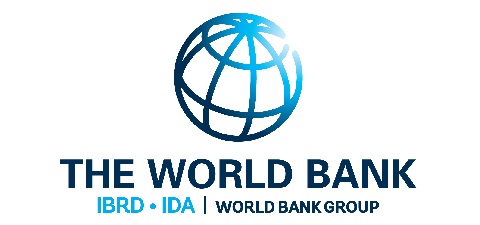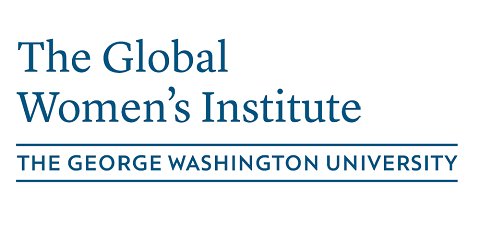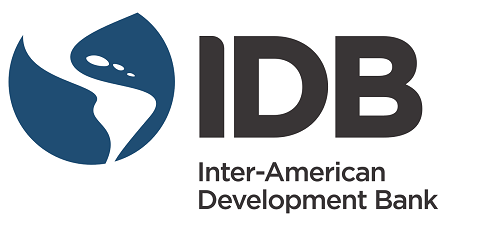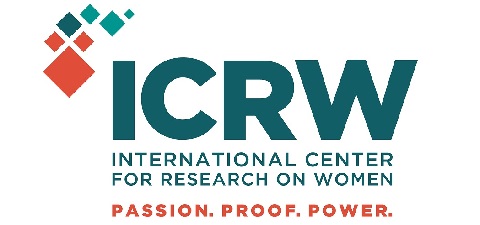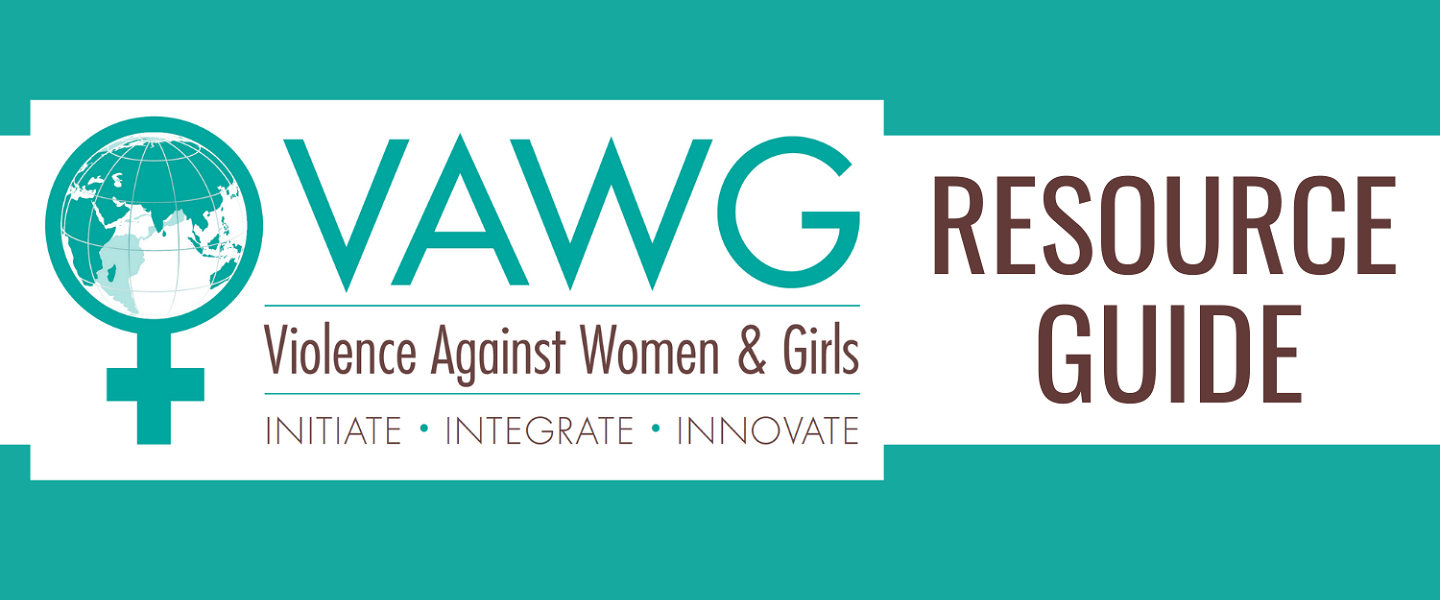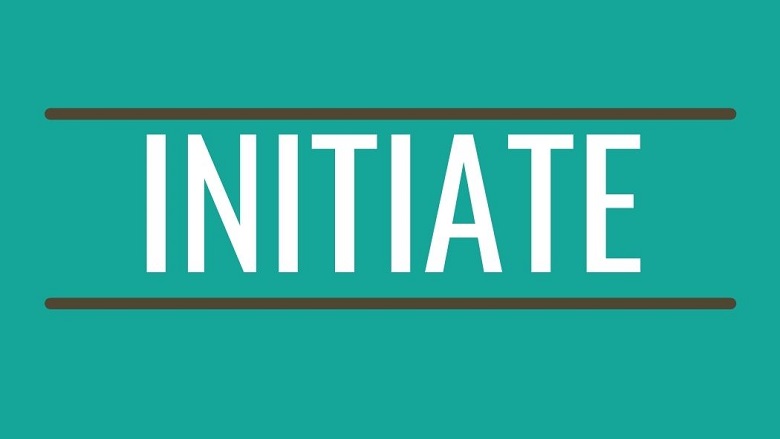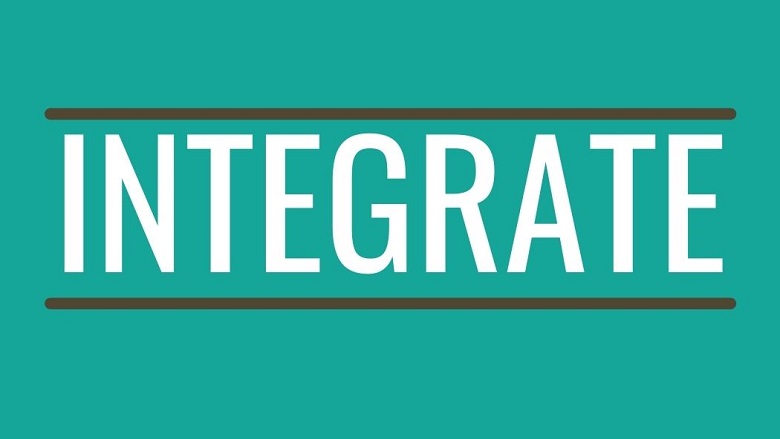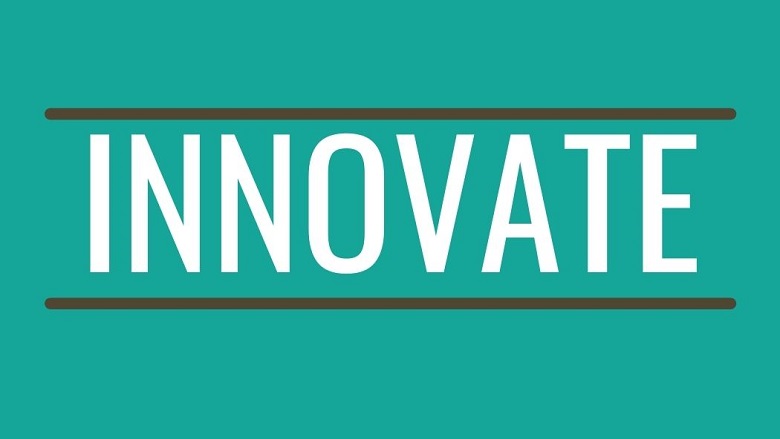The Role of International Agencies
International financial institutions (IFIs), other multilateral institutions, and bilateral donors have a vital role to play in preventing and addressing VAWG in both low- and middle-income countries. These institutions are in the unique position of having the global reach to generate and disseminate knowledge, leverage partnerships with governments and a range of other key stakeholders, and lead by financing innovative programming.
Because of their global influence, IFIs are uniquely positioned to promote evidence-based good practices. Not only can they leverage partnerships with governments to create a space for policy dialogues on addressing VAWG, they can also act as pioneers in promoting integrated and multi-sectoral approaches to addressing this issue. Lessons learned and evaluations of VAWG projects (or components of projects) can readily be shared across countries—such findings can, in turn, promote investment in effective strategies for preventing and responding to violence.
Introduction and General Tools
The VAWG Resource Guide Introduction is an essential piece of the resource guide, relevant and applicable to all team leaders, specialists, and program managers, irrespective of their sector. It outlines the magnitude of VAWG, key definitions, risk and protective factors, socio-economic costs, the needs of survivors, as well as the role and value-added of IFIs in supporting VAWG prevention efforts. In addition, it includes:
- Guiding principles for data collection and working with VAWG survivors
- Guiding principles for VAWG programming
Life Cycle of Violence
Different forms of violence affect women and girls throughout each phase of their lives, starting at pregnancy, through childhood, adolescence, reproductive age, and later in life. Adopting a lifecycle approach to addressing violence both in the home and in the community is an important strategy for VAWG prevention and for meeting the needs of women and girls at all life phases. The figure below highlights some of the main types of violence to which women may be exposed as their relationships (as a daughter, wife, mother, employee) and environments (home, work, neighborhood, etc.) change.
Types of Violence Against Women and Girls by Lifecycle Stages

Adapted from Watts and Zimmerman, 2002 and Shane and Ellsberg, 2002, in Ellsberg & Heise, 2005
Based on analysis of population-based surveys from seven countries (Cambodia, Dominican Republic, Egypt, Haiti, India, Nicaragua, and Zambia),1 older women are substantially less likely to suffer violence than younger women. More educated women may be less likely to be victimized by violence. Although this effect is statistically significant in only three of the seven countries, the magnitude of the effect is quite large.
Service and Response Needs of VAWG Survivors
Around the world most women who experience violence never seek help or tell anyone about the violence. World Bank analysis of data from 30 DHS countries found that on average, only 4 in 10 survivors of VAWG had ever sought help from any formal or informal source of support.2 Another recent study estimated that only 2% of women in India and East Asia, 6% in Africa, 10% in Central Asia, and 14% in Latin America and the Caribbean made any formal disclosure of their experience of violence. This presents an enormous missed opportunity to leverage entry points to enhance women's agency through social service institutions and formal and informal justice structures.
For those survivors who do seek help, the plan of action should be driven by her preferences, as she is most familiar with her circumstances and level of comfort with the available decisions, such as proceeding with prosecution. This is often called a survivor-centered approach.3 As mentioned in the Ethics section, the principles of autonomy and confidentiality should prevail, with the utmost consideration for her safety and security. Depending on the services and plan of action decided upon by the survivor, many different actors might be required. Services may involve action from government actors, civil society, UN agencies, and local authorities. The figure below shows different services for VAWG survivors by sector.
Services for VAWG Survivors by Sector

Adapted from UNFPA, Building Survivor Centered Response Services: Participant Manual. Pakistan, November 2010
Coordination and Multi-Sectoral Approaches
Effective prevention of and response to VAWG call for multi-sectoral, coordinated action among health and social services actors, legal and security actors, and the community. Coordination is crucial for identifying survivors, successful referral and service delivery across sectors, as well for implementing initiatives to prevent VAWG. Particularly in the context of emergencies and humanitarian assistance, where public service delivery is often disrupted, establishing a multi-sectoral, coordinated response to VAWG at the outset of the emergency ensures a more responsive action from the earliest stages and until stability is achieved.4 It is important to note, however, that while coordination may require sharing incident data, caution should be exercised in sharing names and details about the survivor, in line with ethical and safety recommendations.
Engaging various sectors and actors can increase the complementarity of VAWG prevention and response activities, address programmatic bottlenecks and gaps, and improve monitoring and data collection. The participation of different actors less familiar with such initiatives can also result in greater buy-in and commitment at all levels.
*GWI would like to thank the Australian Government's Department of Foreign Affairs and Trade for supporting their participation in this project.


